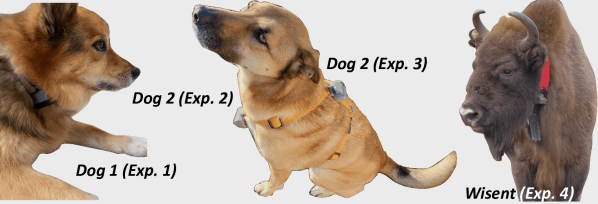Radio trackers have become an important part of studying the movements of wildlife, but keeping one running for the life of an animal has been challenging. Researchers have now developed a way to let wildlife recharge trackers via their movements.
With trackers limited to less than 5% of an animal’s total mass to prevent limitations to the their movement, it can be especially difficult to fit trackers with an appropriately-sized battery pack to last a lifetime. Some trackers have been fitted with solar cells, but besides issues with robustness, many animals are nocturnal or live in dimly-lit spaces making this solution less than ideal. Previous experiments with kinetically-charged trackers were quite bulky.
The Kinefox wildlife tracking system uses an 18 g, Kinetron MSG32 kinetic energy harvesting mechanism to power the GPS and accelerometer. Similar to the mechanical systems found in automatic winding watches, this energy harvester uses a pendulum glued to a ferromagnetic ring which generates power as it moves around a copper coil. Power is stored in a Li-ion capacitor rated for 20,000 charge/discharge cycles to ensure better longevity than would be afforded by a Li-ion battery. Data is transmitted via Sigfox to a cloud-based database for easy access.
If you want to build one to track your own pets, the files and BOM are available on GitHub. We’ve featured other animal trackers before for cats and dogs which are probably also applicable to bison.











